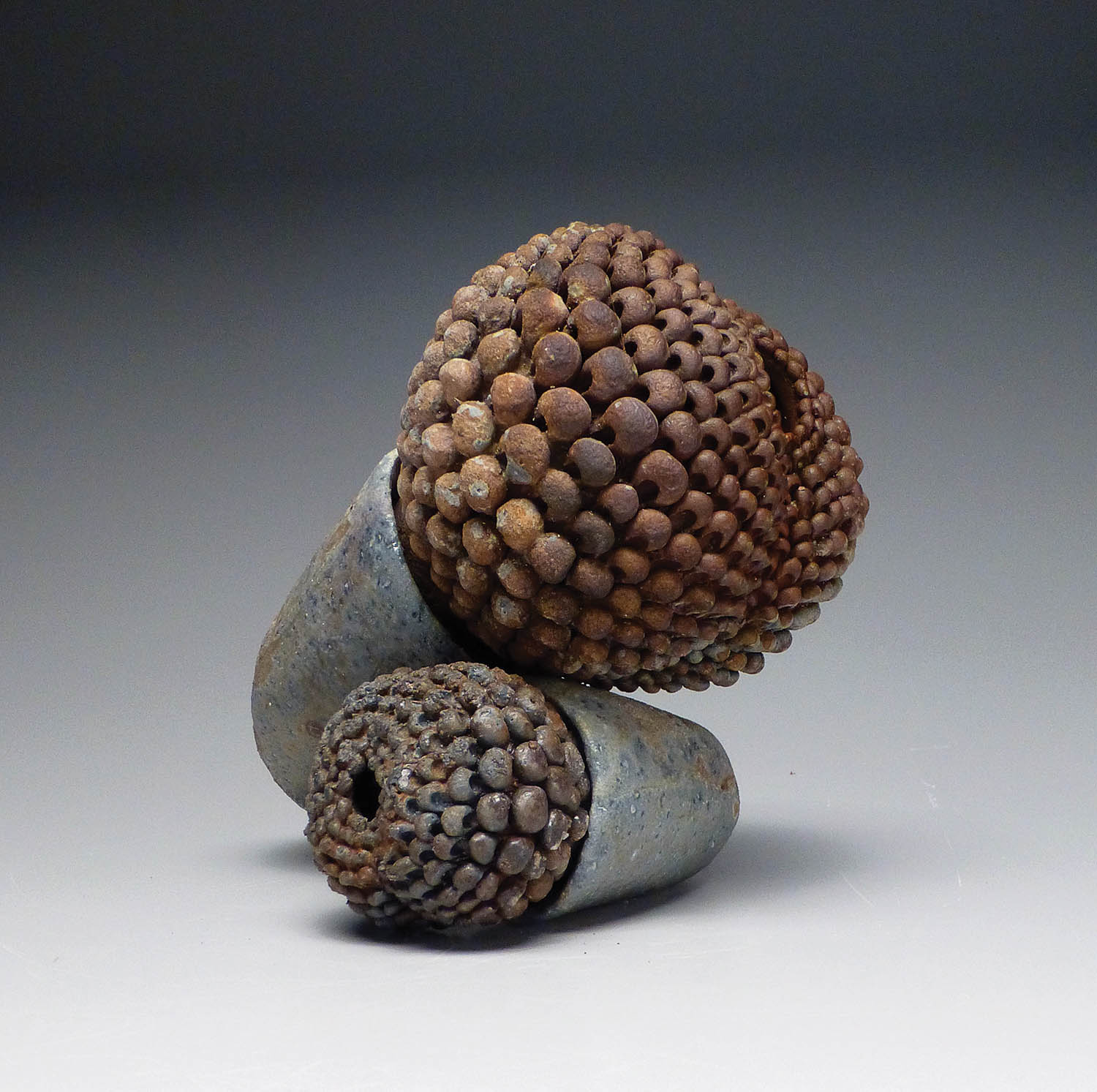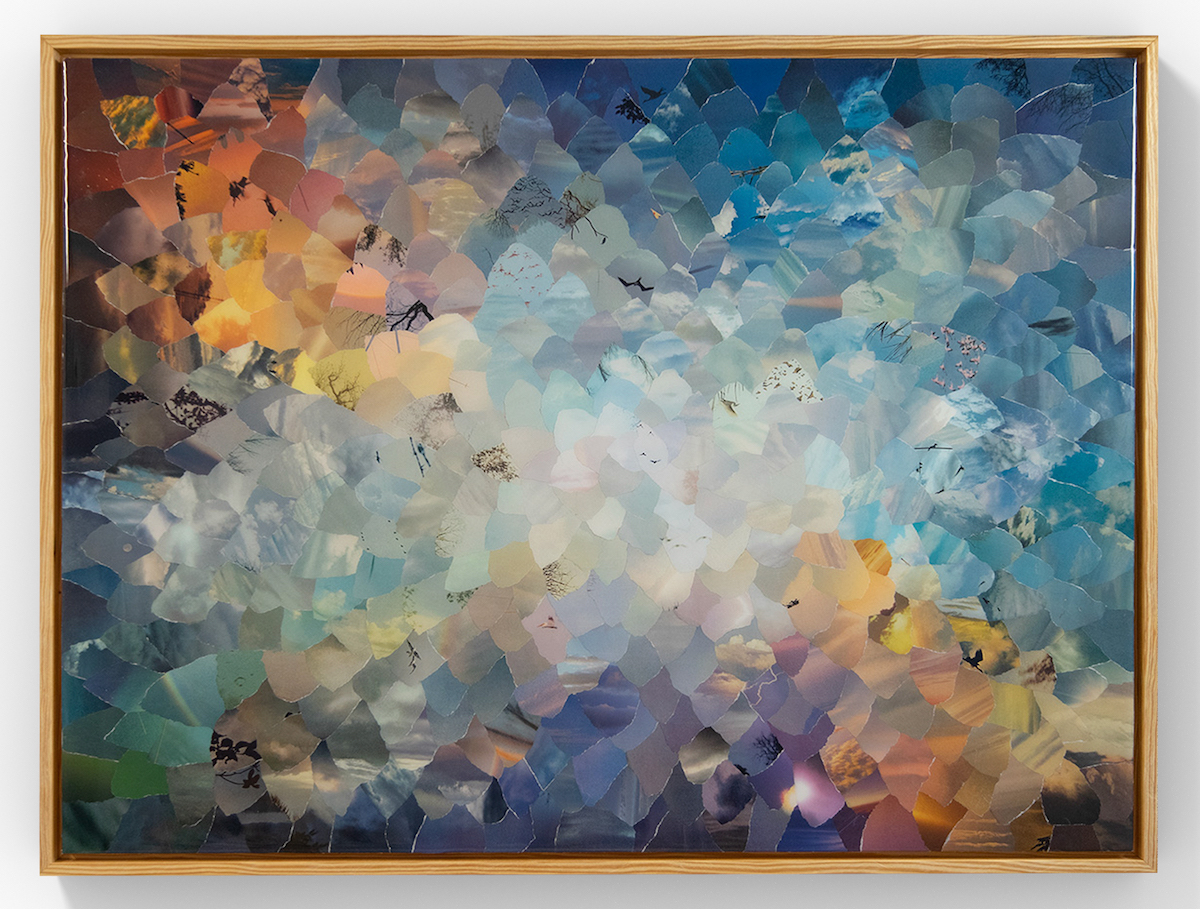
Jennifer Halli’s “Pause II” seconds the entropy in nature. Wabi-Sabi is about impermanence, imperfection … and possibly acceptance.
A hanging painting or photo with a frame gone slightly askew begs to be straightened. But according to the notion of “wabi-sabi,” the tilt itself is a form of art, and the picture should be left the way it is (bonus points if the angle becomes even more rakish and bothersome). A less easily alterable example of wabi-sabi might be a vintage barn on the family farm, left sagging with peeling paint, and newly appreciated in the moments just before its transformation — simmering in its “right-now-ness” before the ruin of the wrecking ball or the good intentions of the restoration crew.
In science it’s called “entropy” — eventually, all things in nature fall into a state of disorder. A 17th-century Japanese aesthetic, wabi-sabi focuses on this imperfection and impermanence, honoring the organic decline. But imposing wabi-sabi on an object ironically calls for much intention: as an art form, it requires simple (or at least simple-looking) materials, the creation of off-center lines and rough edges, and a resulting visual starkness.
The peak of the fall season, with its inevitable natural changes and lovely undertow of disintegration — all that vivid orange and red foliage is only, let’s be real, a panorama of dying leaves — becomes an ideal time to display artsy examples of the notion. Accordingly, The Gallery at Flat Rock has invited some of its top makers to contribute to the theme, including assemblage artist Bobbie Polizzi; painters Carol Beth Icard, Jen Starwalt, and Marian Congdon; sculptor B.J. Precourt; and others.
Jennifer Halli’s wood-fired stoneware and porcelain sculptures are like intriguing acorns or seedpods one might pocket on a walk in the forest, except larger, so that their natural ridges and shadows, their bark-y edges and uneven color variations, can be examined at intimate range.
“The Japanese think it strange we paint our old wooden houses when it takes so long to find the wabi in them,” the late poet Jack Gilbert once noted. “They prefer the bonsai tree after the valiant blossoming is over, the leaves fallen — when bareness reveals a merit born in the vegetable struggling.”
Wabi-Sabi opens October 14 at The Gallery at Flat Rock with a 5-7pm reception; the show runs through the end of the year. 2702-A Greenville Highway. 828-698-7000. galleryflatrock.com



